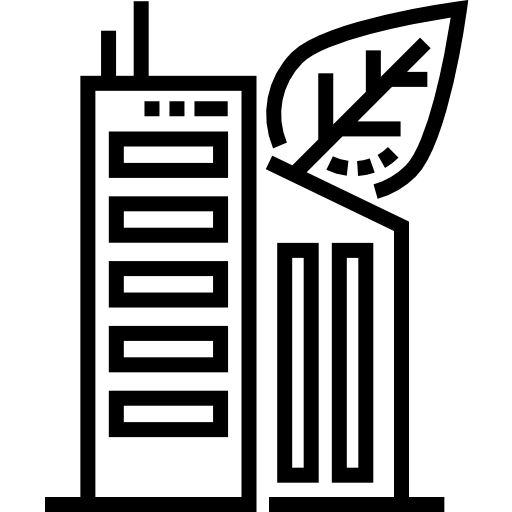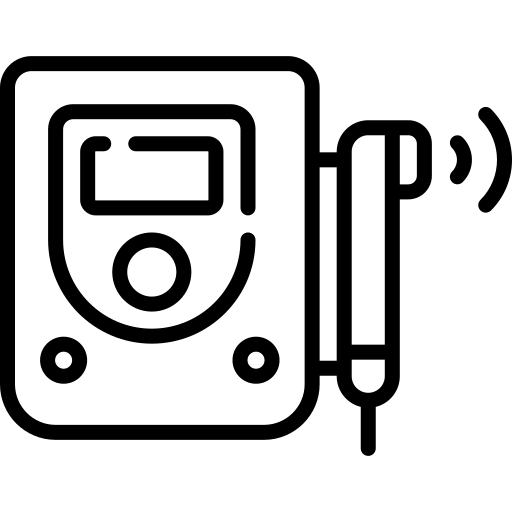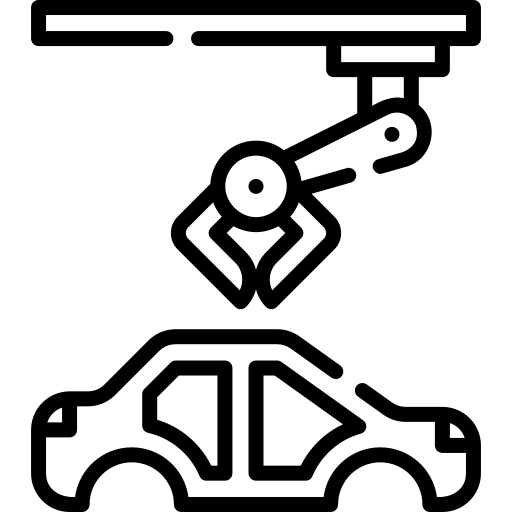
Manufacturing and Engineering:
• Reverse Engineering: Creating digital models of existing objects for design improvement or replication.
• Quality Control: Inspecting manufactured parts for deviations from design specifications.

Architecture
• Building Information Modeling (BIM): Integrating scanned data into BIM workflows.
• As-Built Documentation : Capturing as-built conditions for construction documentation.

Healthcare:
• Orthopedics: Creating personalized implants and prosthetics.
• Dental: Designing custom dental appliances and restorations.
• Medical Imagining: Enhancing medical imaging with 3D models for surgical planning.

Aerospace and Automotive
• Part Inspection: Inspecting and analyzing aerospace and automotive components.
• Aircraft and Vehicle Design: Designing and prototyping parts for vehicles and aircraft.

Product Design and Development:
• Prototyping: Quickly generating accurate prototypes of products.
• Customization: Designing bespoke products based on scanned data.

Art and Design
• Art Replication: Reproducing sculptures and art pieces.
• Digital Sculpting: Creating digital sculptures for digital art.

Archaeology and Cultural Heritage
• Artifact Preservation: Creating digital archives of artifacts for preservation.
• Reconstruction: Reconstructing historical sites and monuments.

Education
• Learning Aids: Creating educational models for interactive learning.
• Architectural Education: Understanding architectural forms and structures.

Entertainment and Media:
• CGI and Animation: Creating realistic digital models for movies, video games, and animations.
• Virtual Reality (VR) and Augmented Reality (AR): Enhancing immersive experiences with scanned objects or environments.

Forensics
• Crime Scene Reconstruction: Documenting crime scenes in 3D for investigation.
• Facial Reconstruction: Creating 3D models for facial reconstruction in forensic anthropology.

Consumer Products
• Customization: Designing personalized consumer products.
• Footwear Design: Creating custom-fit shoes based on scanned foot data.

Geospatial Mapping
• Topographic Mapping: Capturing terrain data for geospatial analysis.
• Urban Planning: Integrating scanned data into urban planning and development.

Gaming and Virtual Worlds
• Avatar Creation: Generating 3D avatars from scanned data for gaming.
• Virtual Environments: Incorporating real-world objects into virtual spaces.














